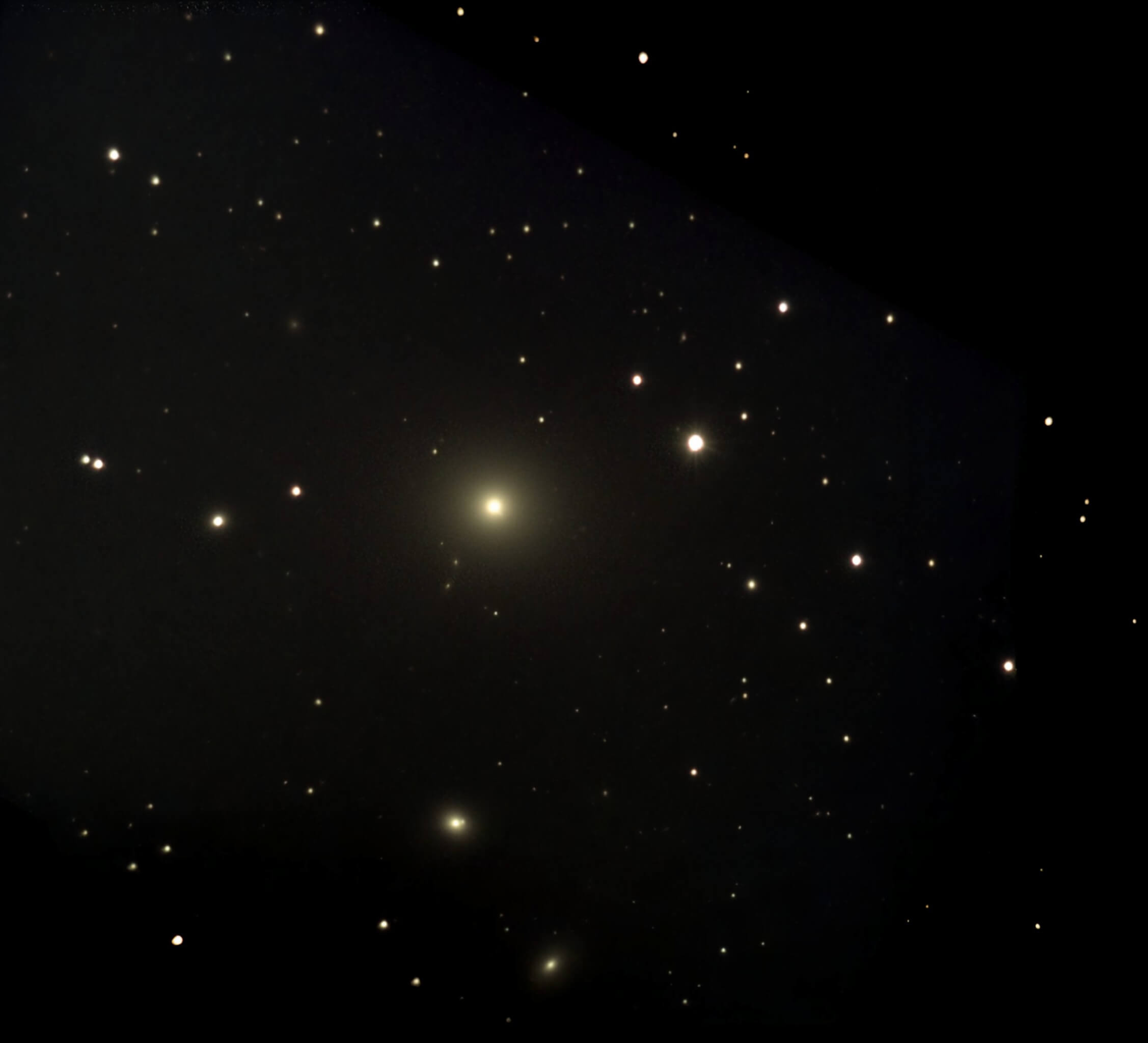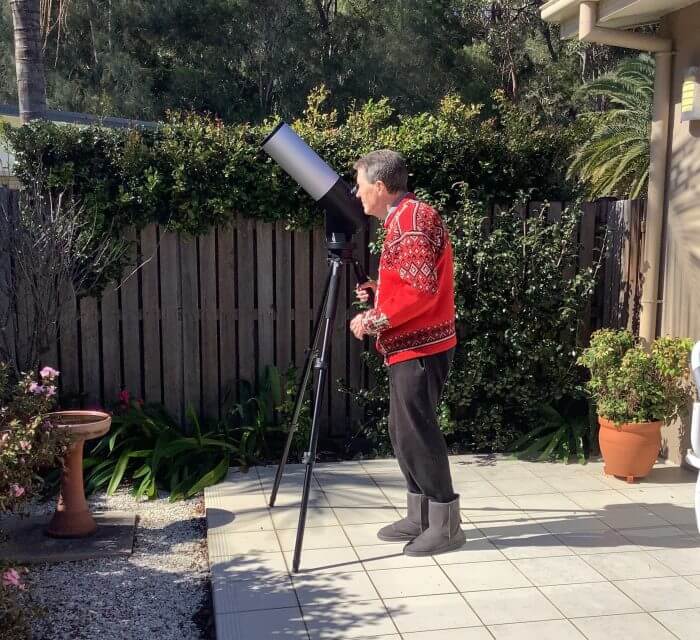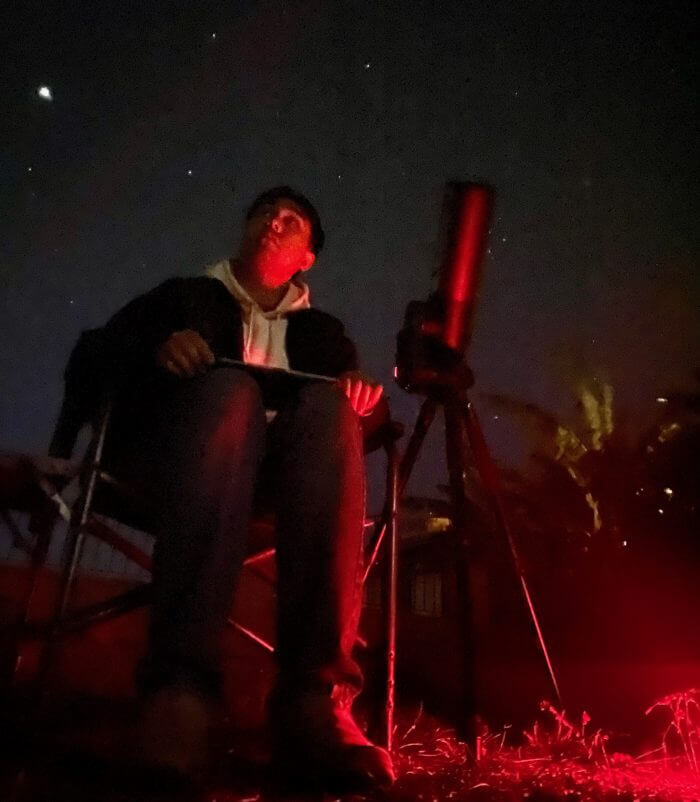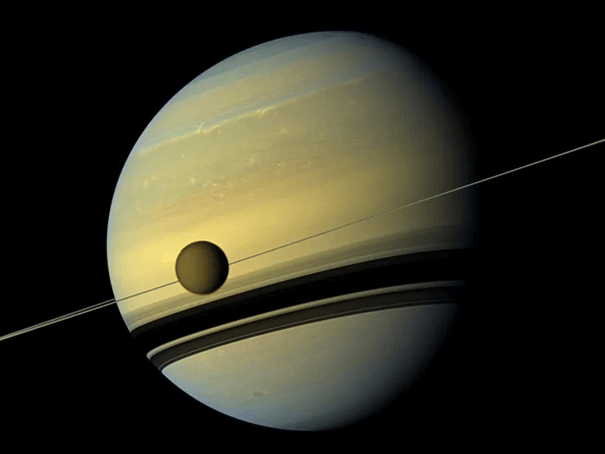Back in 2013, NASA began tweeting about “Black Hole Friday,” a unique spin on Black Friday, drawing attention toward one of our favorite mysteries of the universe. Black Hole Friday is a great way to observe a fun holiday without injuring yourself in an awkward fight over a TV!
We’re celebrating one of our favorite quirky holidays with an observation of galactic proportions and, even better, a story of global cooperation.
In July, we put out a call to our global network of users to observe the supergiant elliptical galaxy M87. Our community came through — 40 Unistellar users across the globe submitted their observations of M87 over a two week period.
Now, we’re excited to share the results of our observing campaign: a super image of M87, stitched together from dozens of individual images from the Unistellar community. The super image features the relativistic jet beaming from the supermassive black hole at M87’s core.

The M87 galaxy is especially notable because it’s home to the first black hole ever imaged by humans. The Event Horizon Telescope took the now-iconic picture of the M87* black hole in 2019, using telescopes all over the world.
The Unistellar Network did much the same thing in July. Citizen astronomers from the US, Australia, Canada, France, Hong Kong, Spain, Iceland, the United Kingdom, Japan and more aimed their telescopes at M87 and sent their data to us. Then, we combined the resulting images into a single super image composed of many individual observations.
It was a unique experience for many. “It’s hard not to be impressed when observing M87,” says Scott Kardel, a Unistellar Ambassador from the U.S. “Knowing how massive M87 is and that a colossal black hole lurks at its center makes the view spectacular.”
Also, seeing the relativistic jet that emanates from the black hole’s center come into view so quickly, within minutes, made a big difference for the contributors.

“When M87 came up I could scarcely believe what I was seeing!” says Australian eVscope user Win Howard. “There indeed was a tiny sliver of light protruding from the galaxy at about 8 o’clock (southern hemisphere of course) – something I thought could only ever be seen in a large professional instrument. Proof that my little eVscope can match the performance of telescopes many times larger.”

Unistellar user Ryan Gamurot from the US was also amazed at what he saw. “A black hole was definitely not what I expected! I just sat there staring at my iPad thinking, ‘I am looking at a black hole 55 million light years away and I’m in my backyard!’”
“Before this ‘impossible’ challenge, I had no idea that it would be possible to observe a black hole jet with a non-professional telescope,” says Bruno Guillet, a Unistellar Ambassador from France. “It is an amazing and unexpected joint observation.”
Unistellar has many more super images planned. Watch out for more of these special observing opportunities soon!
Further readings
3 Reasons to observe this month
Every month, discover three unmissable celestial events to observe with your Unistellar telescope.
Two spooky appearances in the sky for Halloween
Every month, discover three unmissable celestial events to observe with your Unistellar telescope.
3 Reasons to observe this month Halloween Edition
Every month, discover three unmissable celestial events to observe with your Unistellar telescope.
Titan’s shadows
This summer, the ringed planet Saturn takes centre stage in our night sky, offering amateur astronomers a rare opportunity to observe fascinating transient events.
Observing Eclipses on Jupiter: Cosmic Spectacles Through a Telescope
The latest Unistellar App Update, version V3.0, is now live. Explore a smooth stargazing experience !
Unistellar Community Included In Multiple Scientific Papers
Did you know Unistellar Citizen Astronomers are often cited in published scientific papers? Find out how you can contribute too!




